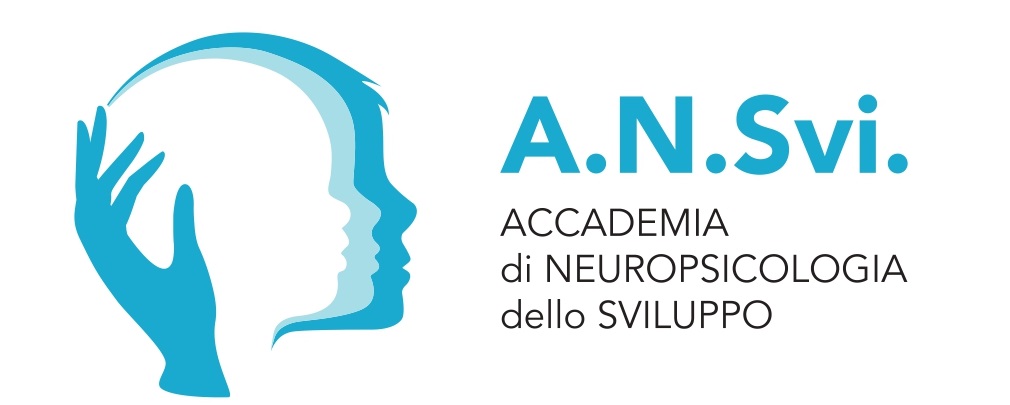Neuropsychological Mechanisms Underlying Imitative Learning in Children with Movement Disorders
Antonino Errante, Eleonora Sicuri, Giuseppe Ciullo
The mirror system’s response can be modulated to promote neuroplastic changes that facilitate the acquisi- tion of new motor skills. However, the neuropsychological mechanisms underlying the effectiveness of this treatment in children with early brain injuries are not yet fully understood. This review outlines the theoreti- cal foundations of AOT, providing an overview of the mirror neuron system’s properties & presenting the key concepts of motor resonance & imitation-based motor learning, applied to the developmental age. It then explores the mechanisms involved in the plastic modulation of mirror system activity in children with CP. Finally, new future directions for scientific research are proposed, suggesting personalized AOT interventions based on recent technologies such as virtual reality & real-time neurofeedback, with the goal of maximizing treatment effectiveness by considering the child’s individual developmental profile.
Keywords
Action observation treatment, Cerebral palsy, Imitation learning, Neural plasticity, Virtual reality.

